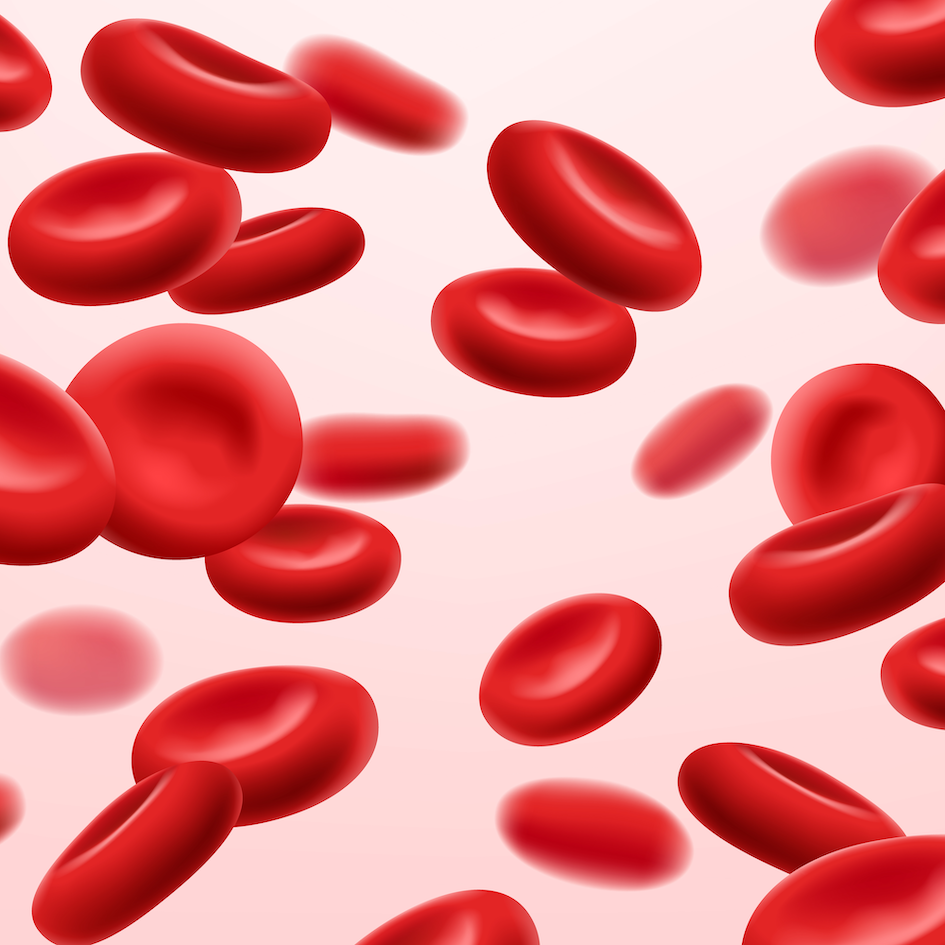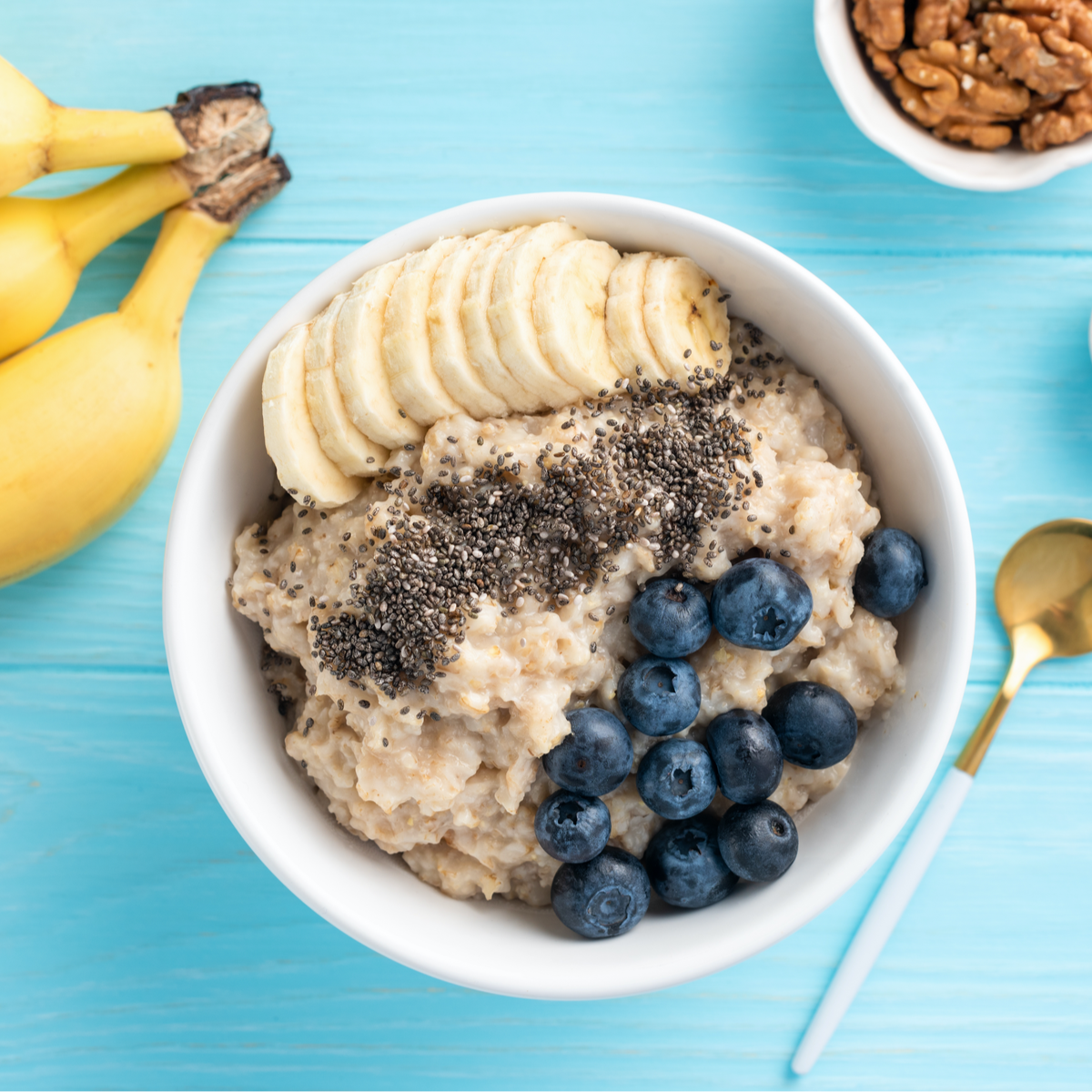
Can your stir-fry oil stand the heat? Let’s talk food science!
If you heat an oil past its smoke point, the fats start breaking down, creating reactive chemicals that not only taste bitter but can be harmful. You will know you’ve gone too far if you see little plumes of smoke.
Smoke points vary dramatically. They depend on both the oil source and processing methods. In general, more processing translates to a higher smoke point. Unfortunately, refining can mean losing some of the bonus non-fat nutrients and generating small amounts of undesirable trans fats (if high-heat was used).
When cooking at low heat, the only trick is to avoid oils rich in unstable polyunsaturated fats including: flax oil, virgin walnut oil, and unrefined seed-based oils.
At medium heat (~350-400F), you still have a wide range of options, though few truly virgin oils work. Here are some of my faves:
– Extra virgin olive oil
– Avocado oil (virgin or semi-refined)
– Cold-pressed sunflower oil (semi-refined only – virgin smokes too low)
At high heat (over 425 F), you are limited to refined oils. Here are some good bets that can stand the heat:
– Mild flavour: Refined olive oil (“light” or “pure”)
– Neutral flavour: refined versions of canola oil, sunflower oil, grapeseed oil, safflower oil, soybean oil. I tend to favour canola oil for its fatty acid profile and Canadian origins.
– For a flavour kick: refined peanut or sesame oil. I often mix them with more neutral oils.
On balance, I would rather deal with the minor downsides of refined oils than the very real hazards of pushing an oil beyond its smoke point. If you are uncomfortable with refined oils, you can also simply avoid high heat cooking altogether.
Shopping Tips
- Assume an oil is refined unless it says otherwise.
- Check the bottle to see if the smoke point is listed.
Cooking Tips
- Always heat the oil in the pan first.
- Blanching larger veggies first can help you get a fully cooked winner with minimal frying.
- Stick to medium high heat cooking as much as possible to avoid overheating your oil.





